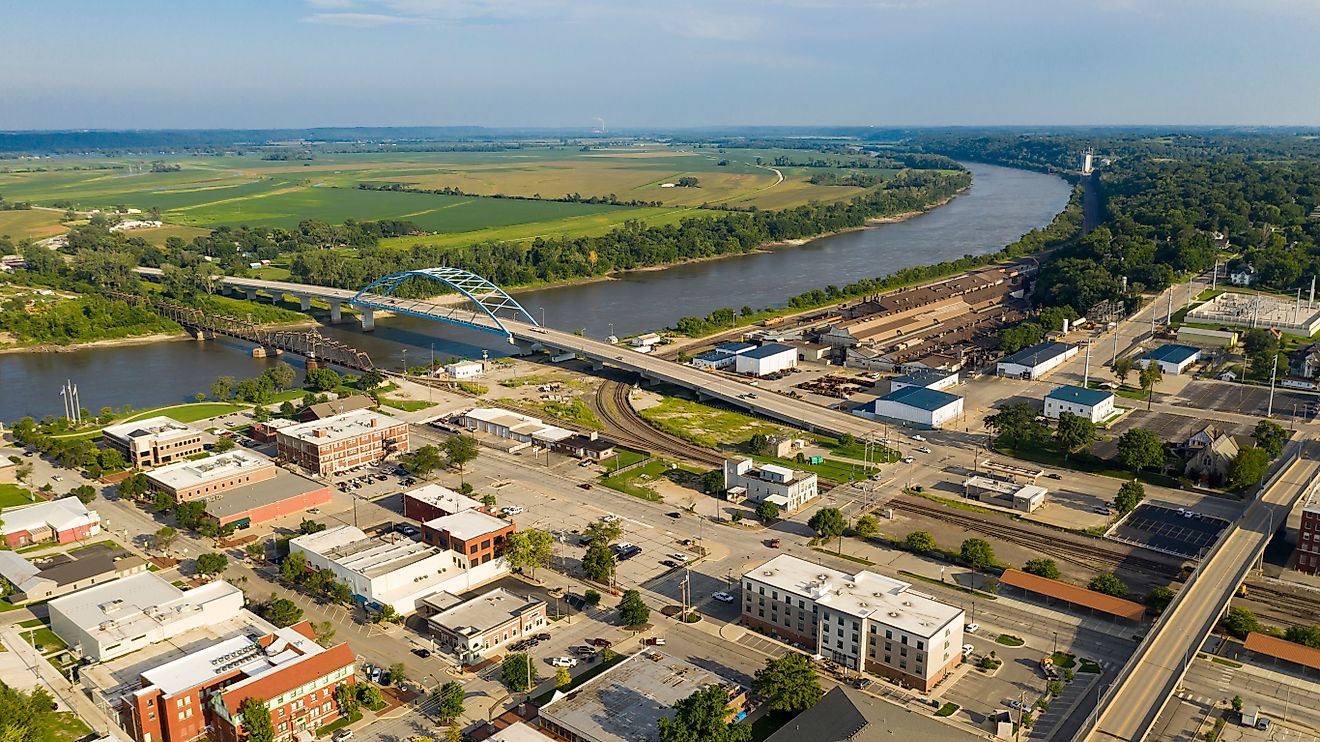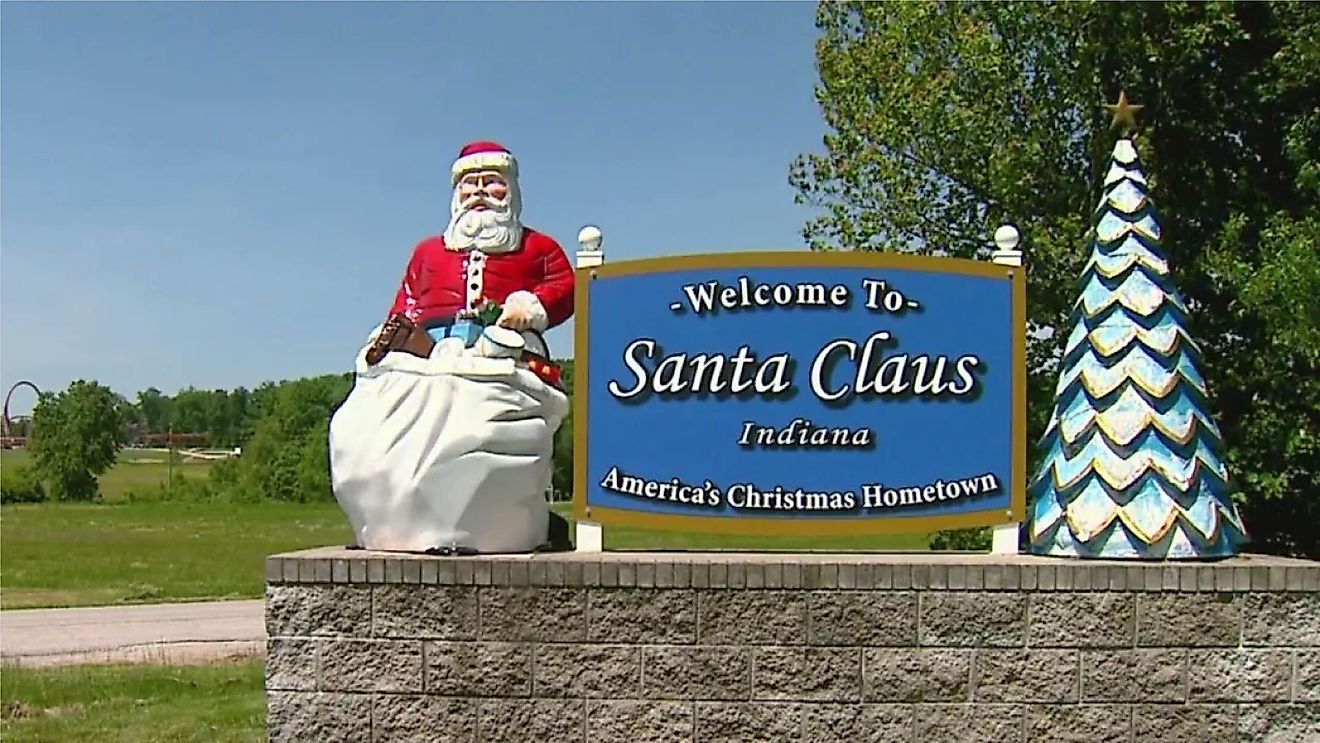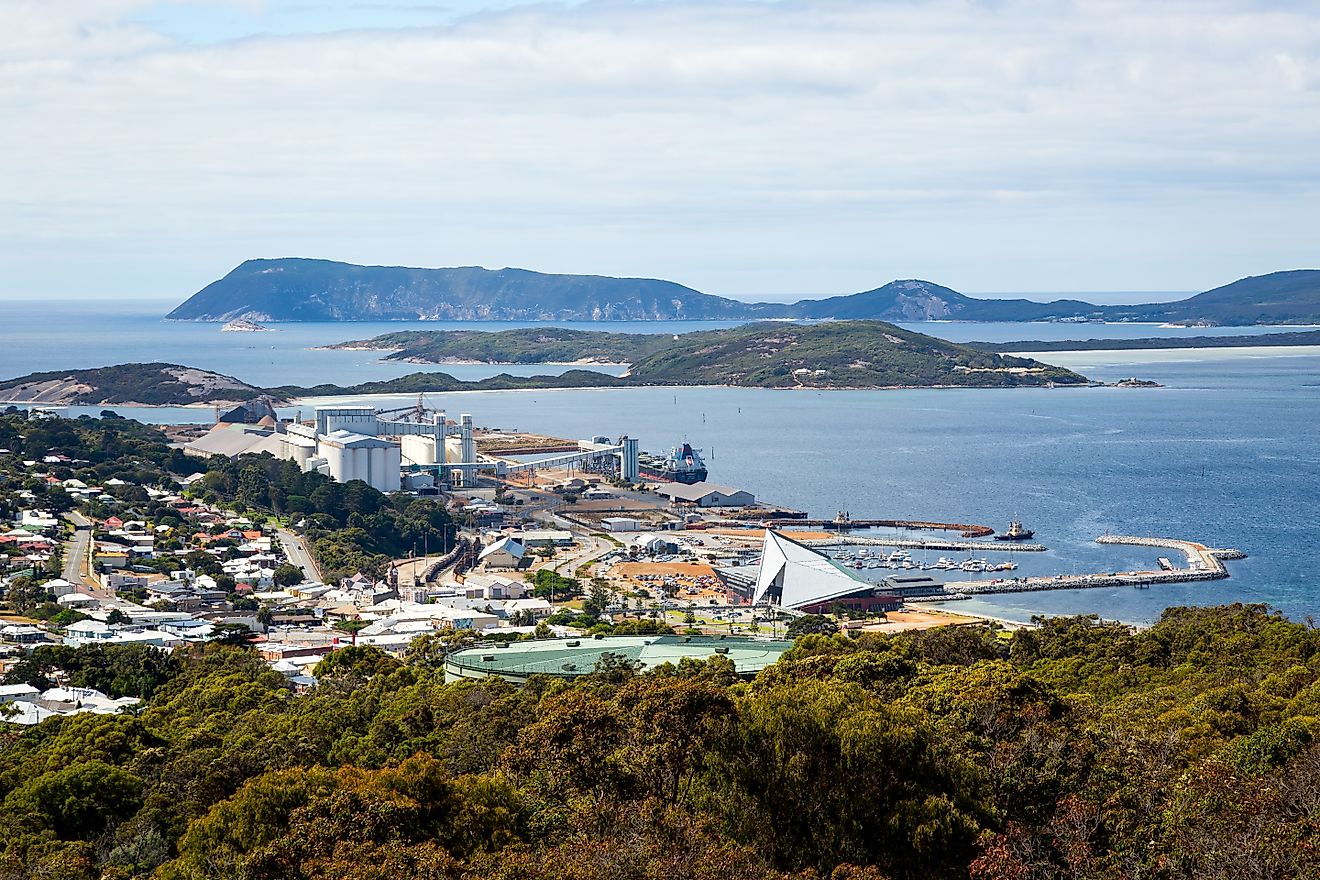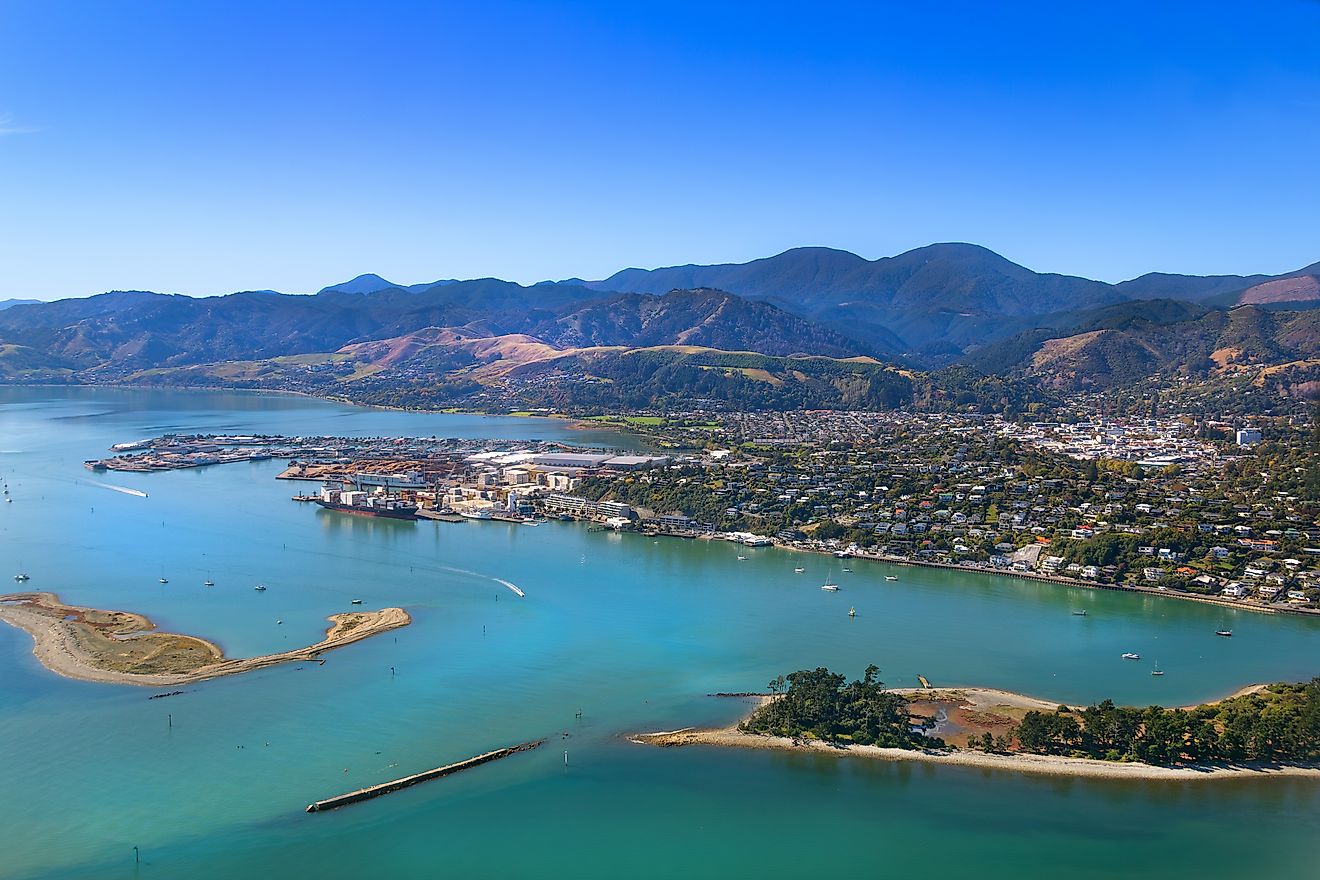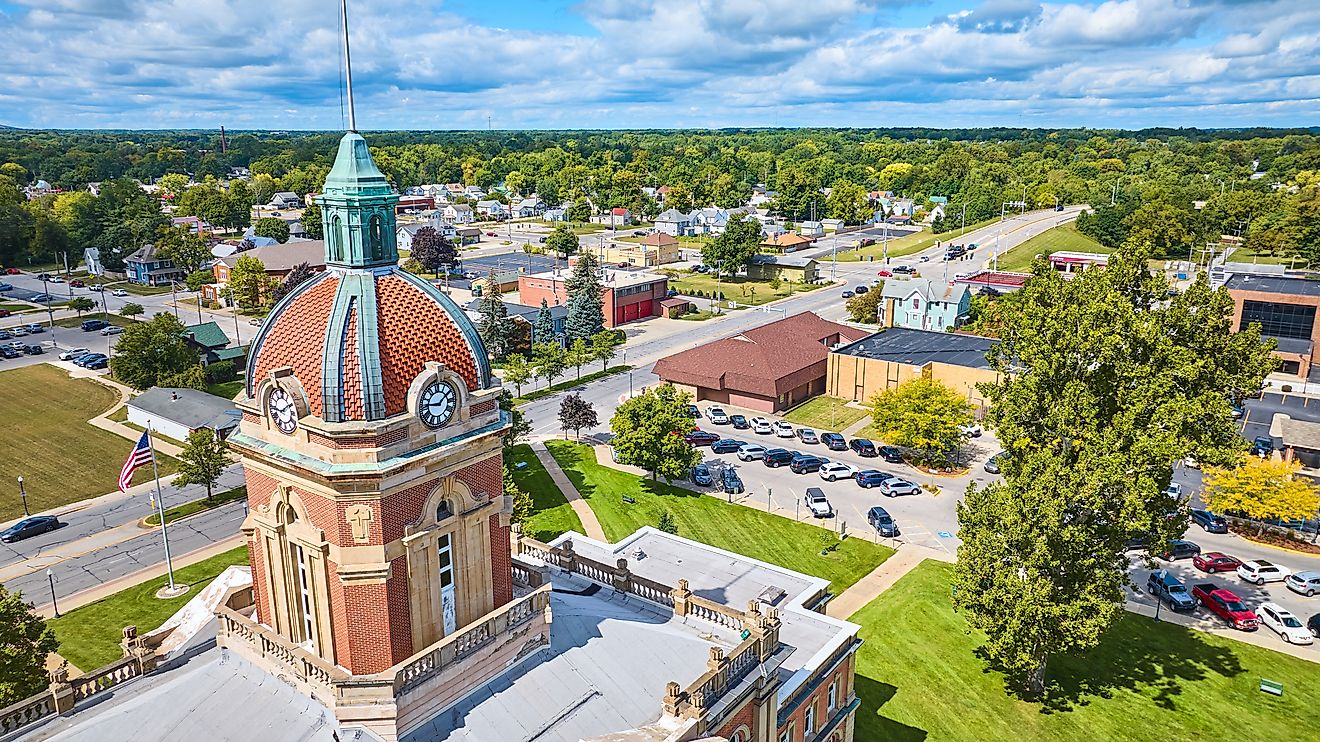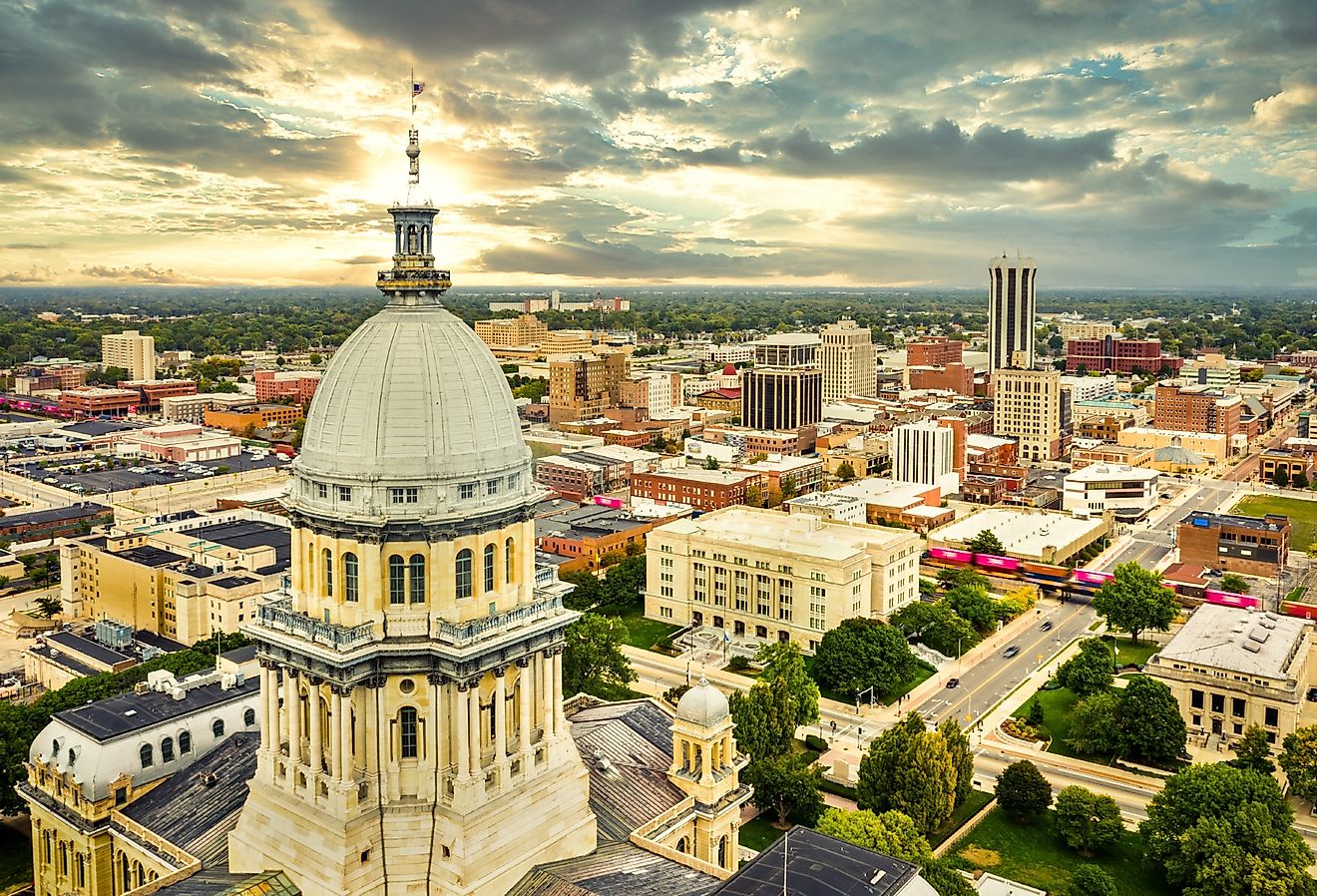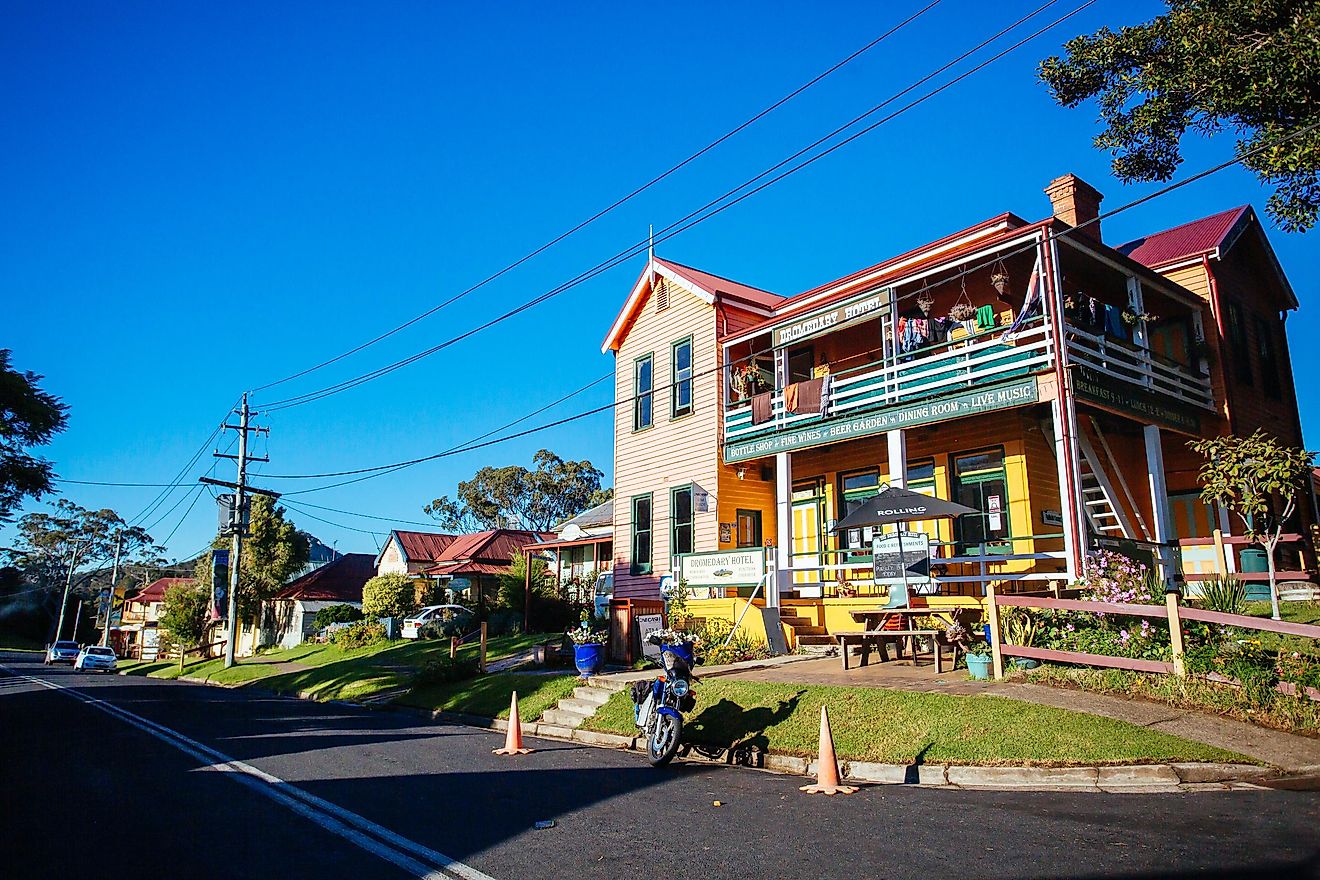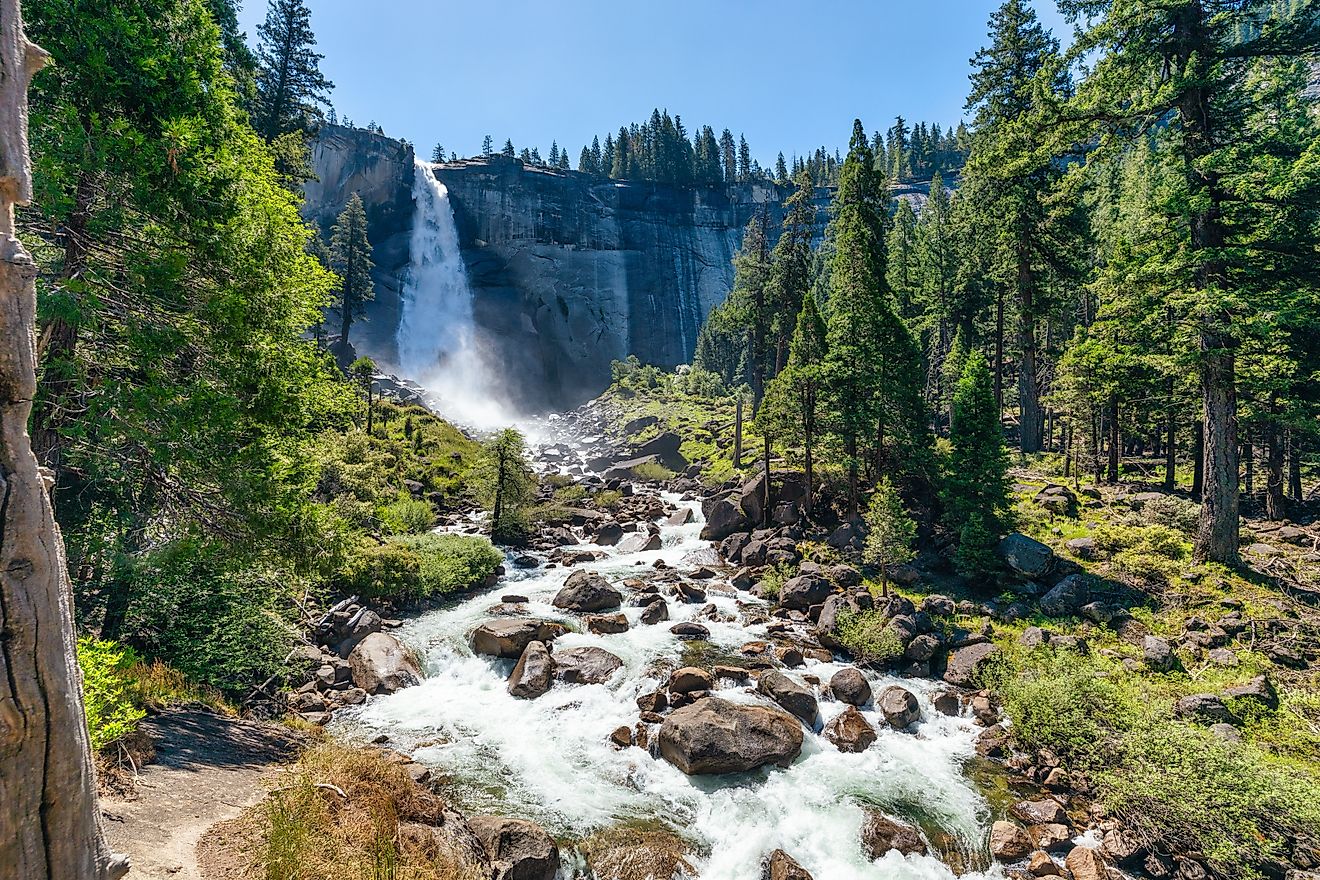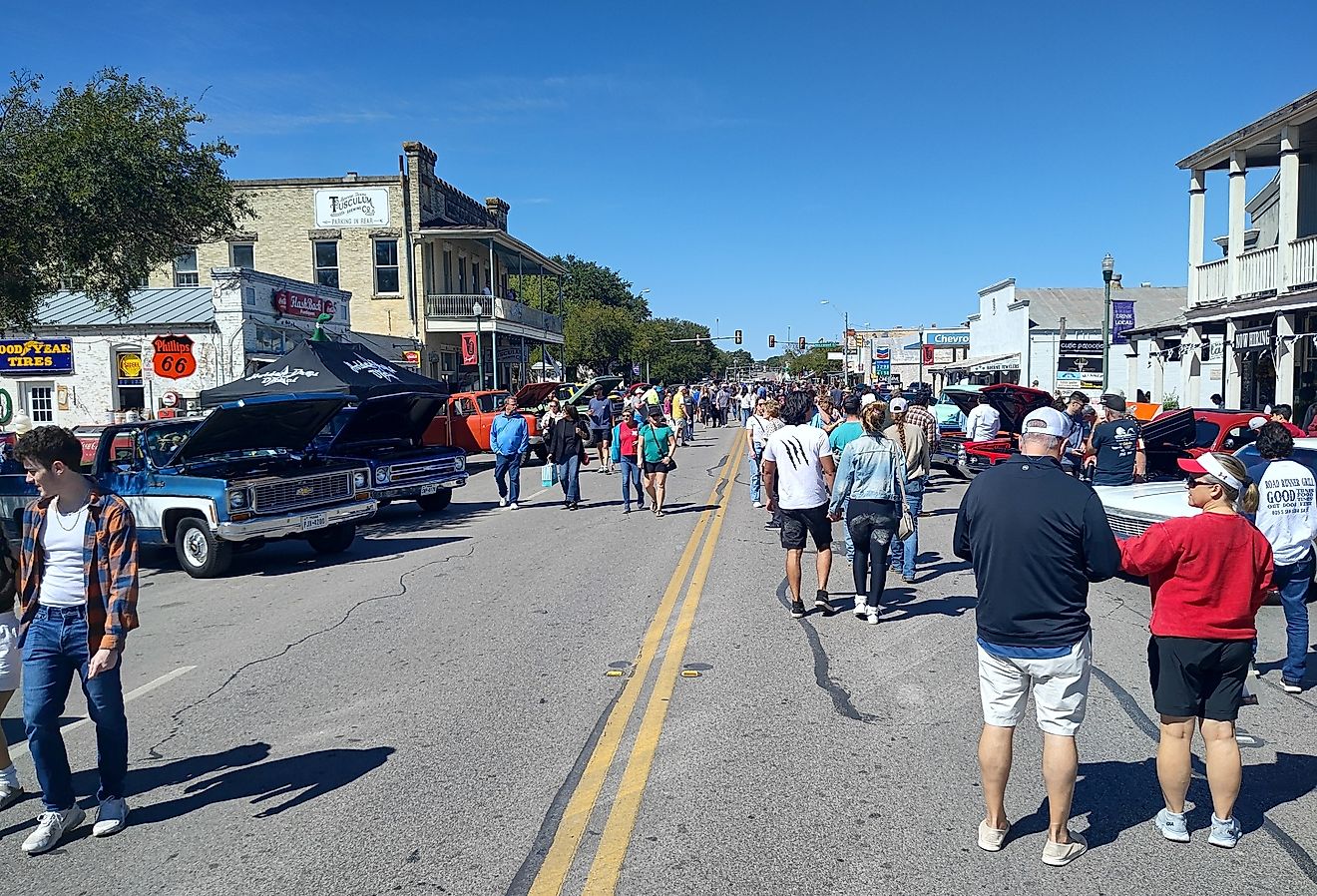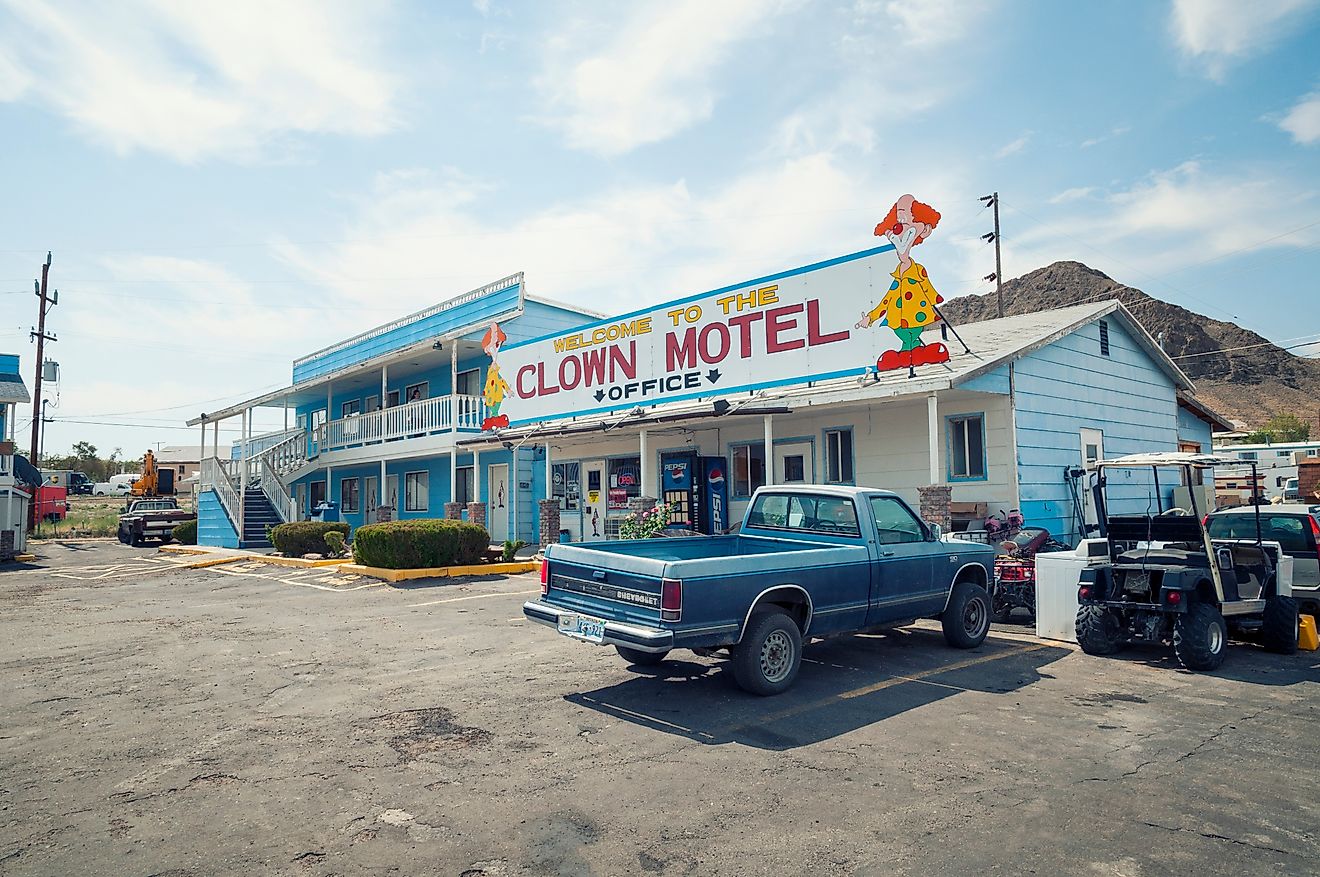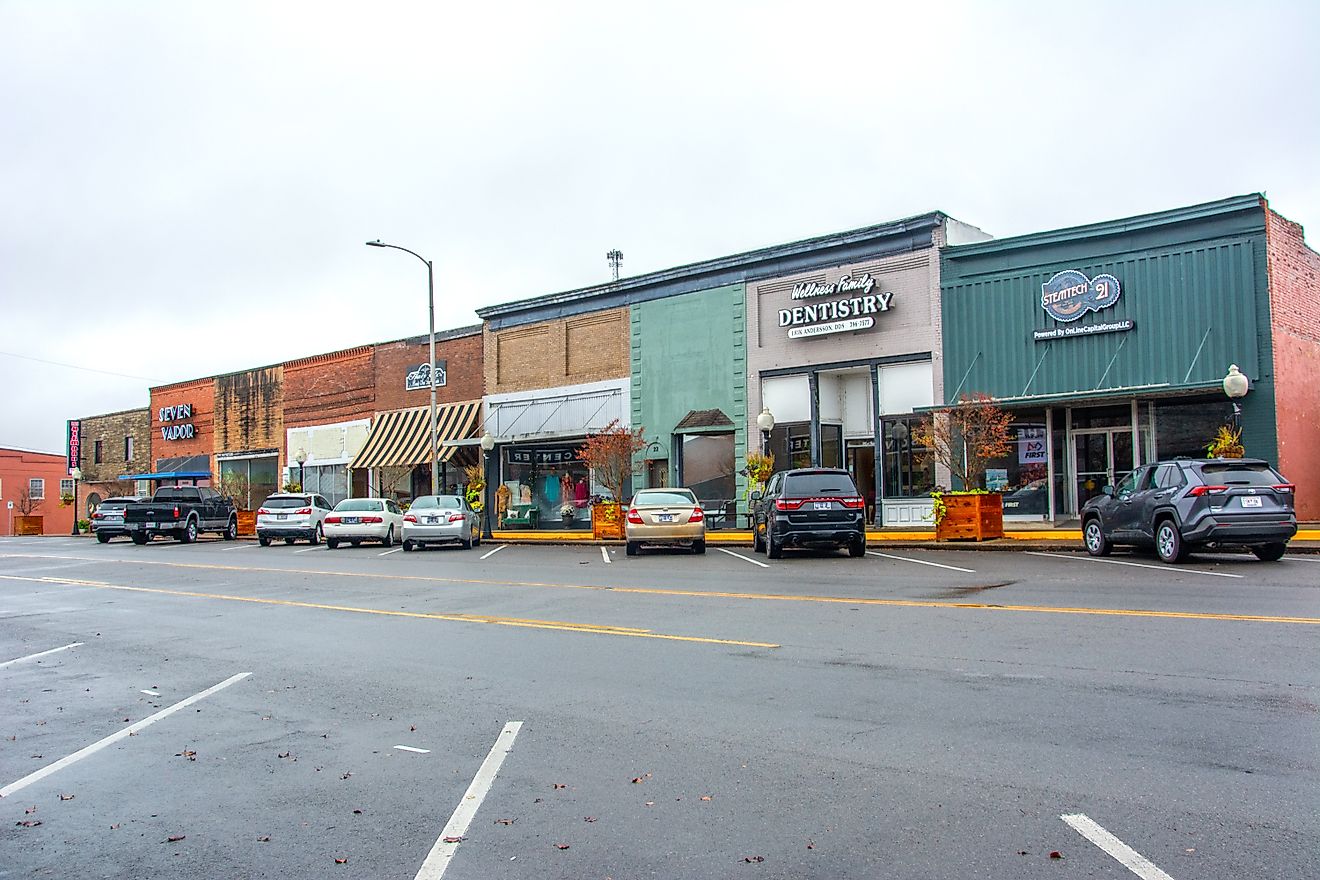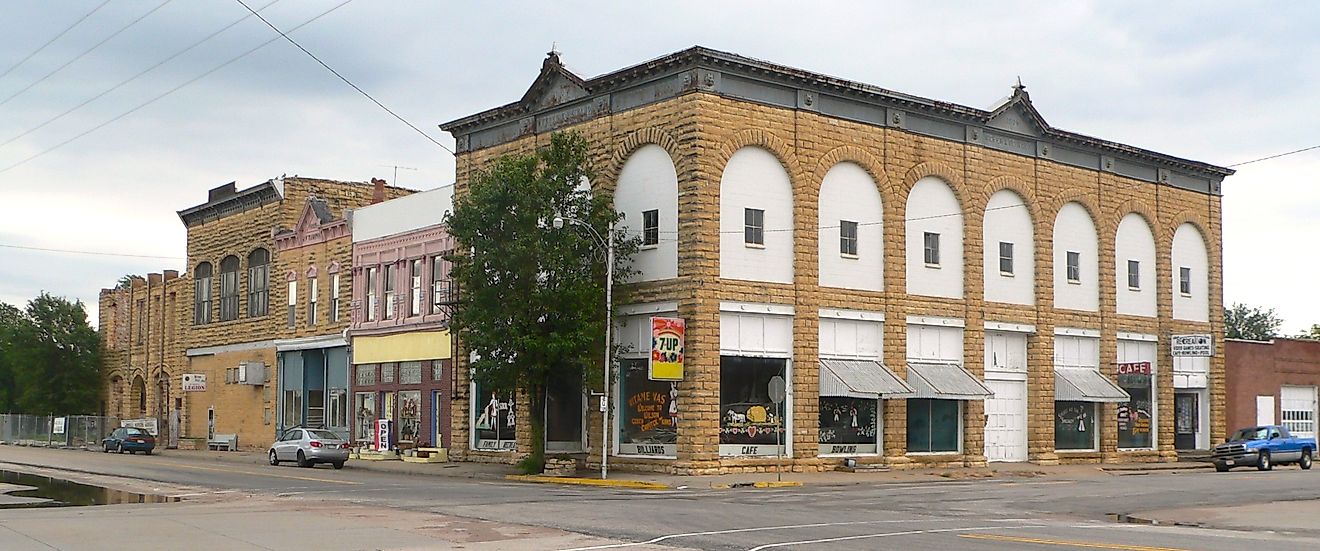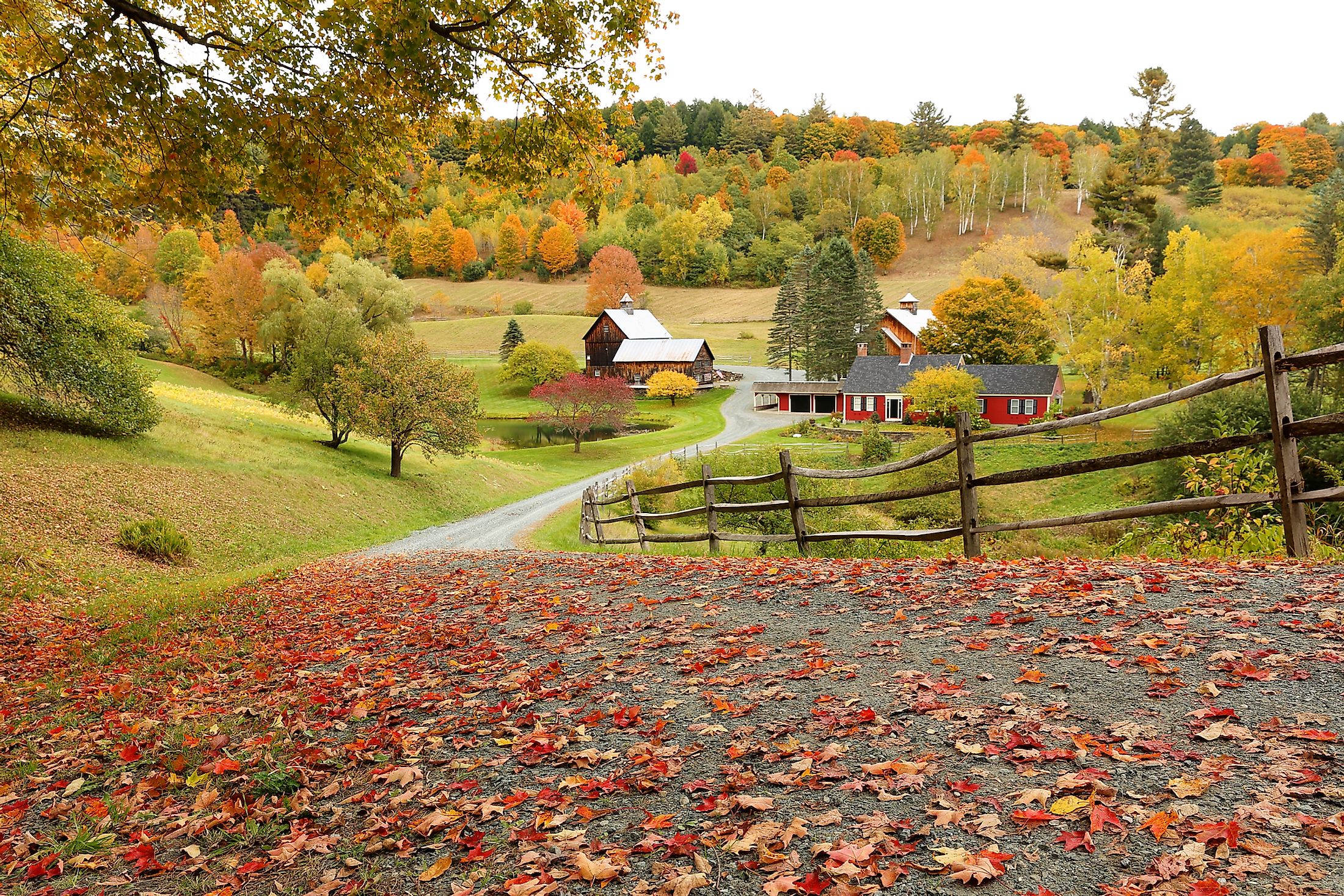
Woodstock, Vermont
Woodstock is a small town located in the US state of Vermont. Founded in the mid-18th century, Woodstock emerged as a commercial hub and was home to many industries. However, by the late 19th century, the town began transitioning from a commercial and industrial town into a popular tourist attraction. Today, Woodstock remains popular with tourists, attracted to the locale's quiet, small-town atmosphere and numerous historical and natural attractions.
Geography Of Woodstock
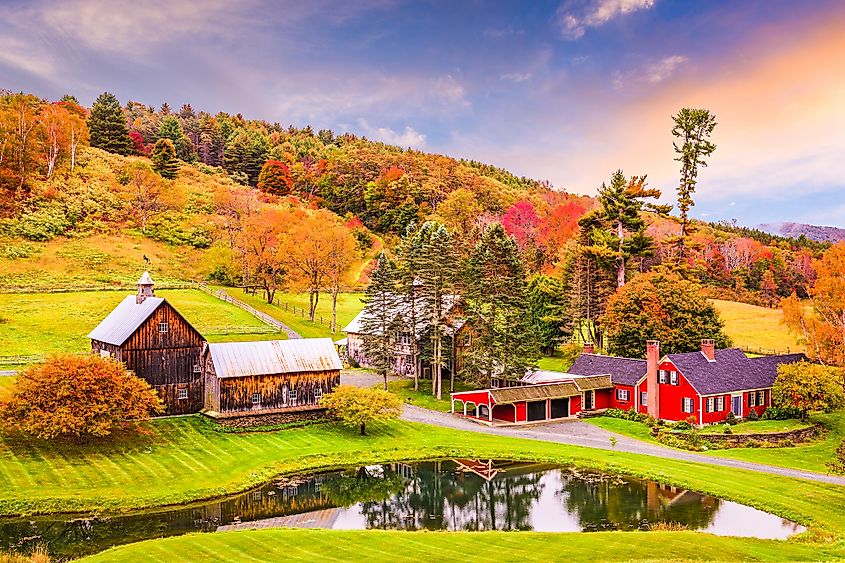
Woodstock is located in central Vermont. The town of Pomfret borders it to the north, Hartford to the northeast, Heartland to the east, Reading to the south, and Bridgewater to the west. The city limits include Marsh-Billings-Rockefeller Historical Park, which is located to the northwest of Woodstock's downtown area. The town's downtown square is known as "The Green." The Ottauquechee River flows through Woodstock, which has a total area of 115.6 sq. km.
Population Of Woodstock
The total population of Woodstock is 856, though other sources put this figure as high as 3,005. The discrepancy is likely due to how the sources define the town's area. For this article, the smaller figure will be used. More than 97% of the town's residents are white, while 1.37% are of another racial background. The overwhelming majority of Woodstock's residents speak only English. Spanish is spoken by 2.4% of the population. About 95% of the town's population was born in the United States.
Economy Of Woodstock
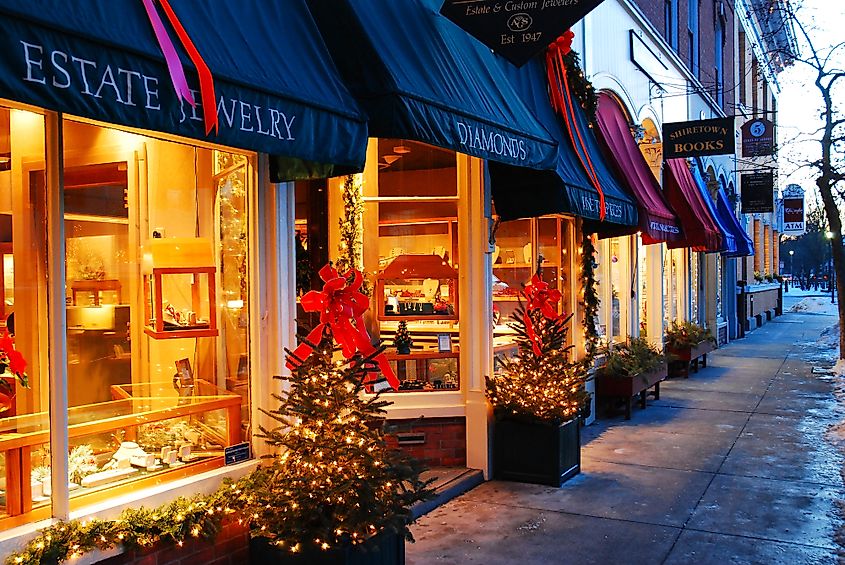
Based on the aforementioned lower population figure, the average household income in Woodstock is $79,305, the poverty rate is 15.36%, and the unemployment rate is 2.8%. Leading sectors in terms of the number of employees include accommodation & food services, educational services, and healthcare & social assistance. Woodstock's economy is highly dependent on tourism.
History Of Woodstock
Woodstock was founded in 1761, though the first settlers did not arrive until 1768. By 1771, there were 42 settlers in the town. In 1786, Woodstock was designated as the shire town or county seat of Windsor County. By 1791, when Vermont joined the Union as the 14th state, Woodstock had grown into a sizeable frontier community with stores, taverns, a courthouse, and a jail. The town owed its initial success in part to its location on the Ottauquechee River.
Woodstock became a commercial hub for entrepreneurs, craftsmen, artisans, and some of Vermont's earliest manufacturers. In fact, it was quickly becoming one of the largest towns in the state. The town's population reached its peak in the 1840s, at more than 3,400 residents. Woodstock was also home to several industries, including grist mills, tanneries, woodworking shops, silversmiths, jewelers, cabinetmakers, etc. Sheep raising, in particular, was an important activity in the town, as it was throughout northern New England. Like many Vermont towns, Woodstock had a large woolen mill in constant operation.
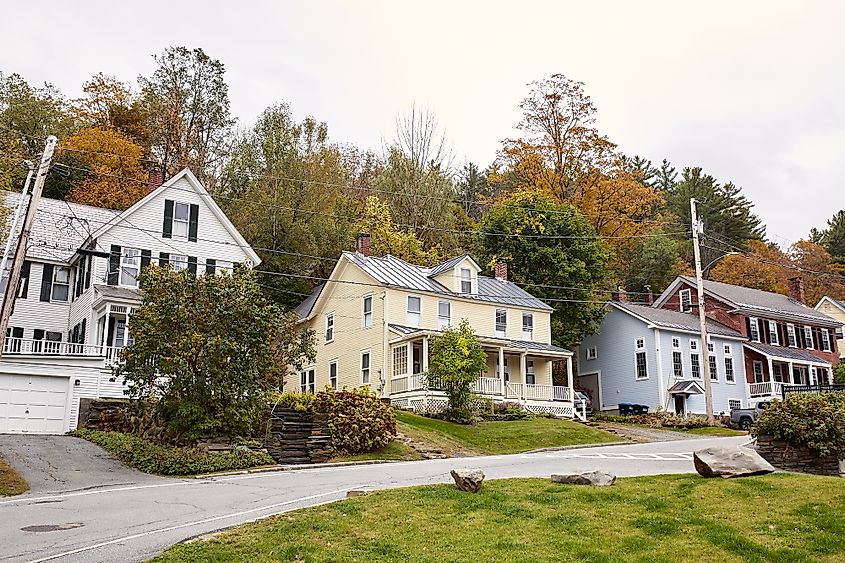
After the American Civil War, the town's influence as a trading center began to decline. Later in the 19th century, however, Woodstock became home to another lucrative industry: tourism. The town's lure as a tourist destination began after laying the Woodstock Railroad in 1875. As a result of this new transportation link, wealthy people from Boston and New York visited Woodstock for the summer holidays. The town soon gained a reputation for being a quiet, picturesque retreat. In 1892, a new hotel was built to accommodate the growing number of tourists. A golf course was established at the Woodstock Country Club in 1895. Bicycling and tennis became popular sports in the town by the turn of the century.
In the early part of the 20th century, Woodstock continued to draw tourists, though it suffered a setback during the Great Depression of the 1930s when the Woodstock Railroad ceased to function. There was, however, one very notable positive development during the Depression that would improve Woodstock's fortunes for a long time to come. This development came in the form of the first powered rope ski tow in the United States, which was built on a snowy hill outside Woodstock. The town would significantly benefit from the subsequent boom in winter sports. Thus, Woodstock emerged as an all-season resort town.
Attractions In And Around Woodstock
Museums And Historical Attractions
Woodstock and its vicinity are home to several historical sites: the Calvin Coolidge Memorial Homestead, the Old Windsor Constitution House, and the Justin Morrill Historic Homesite. The President Calvin Coolidge State Memorial Homestead is found in Plymouth Notch, a small community hidden away among the Green Mountains, southwest of Woodstock, in which the former president was born in 1872. This site is now home to an annual national debate tournament that attracts top debaters from all over the United States. The Old Constitution House is a mid-18th century building constructed in a simple Georgian architectural style. It was originally a tavern that became the birthplace of the Vermont Republic and the Constitution of the State of Vermont. The Justin Morrill Historic Homesite, named after a former US Congressman, is a prime example of Gothic Revival architecture. The property on which it sits includes gardens, an orchard, barns, and a paint shop.
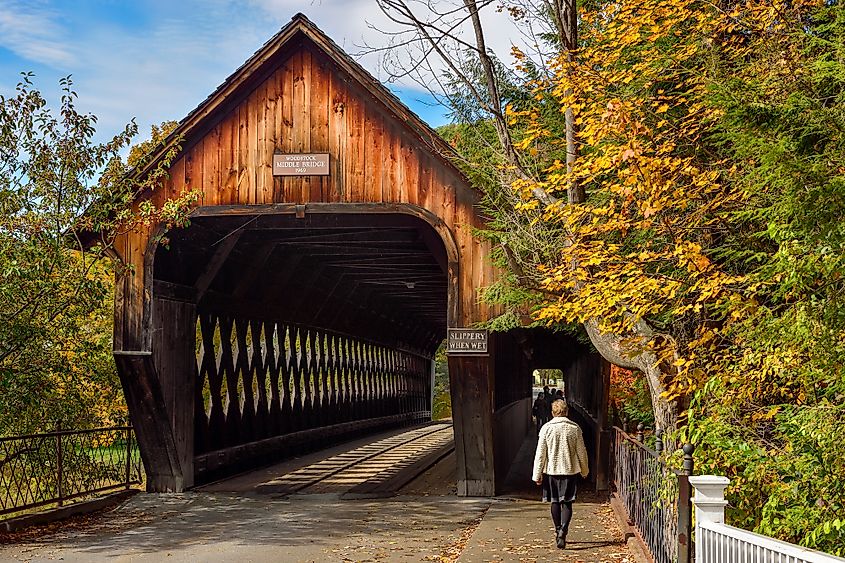
There are also two notable museums in the Woodstock area. One is called the Montshire Museum of Science. Located in Norwich, a town northeast of Woodstock, this museum contains more than 150 hands-on science exhibits. The other museum is Billings Farm and Museum, which, as its name implies, is both a farm and a museum. It combines a fully-operating Jersey dairy farm with educational exhibits and interactive programs and events.
Other Attractions
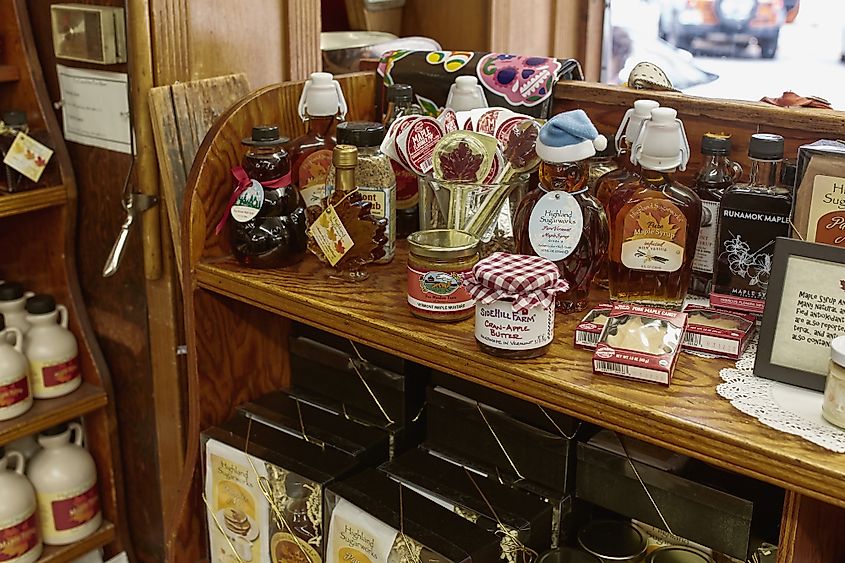
Arguably, the foremost among the outdoor attractions in Woodstock is the Marsh-Billings-Rockefeller National Historic Park, which is the only national park in the state of Vermont. It includes the Marsh-Billings-Rockefeller mansion, gardens, and a 550-acre forest. Visitors who are nature enthusiasts would be wise to visit Vermont Institute of Natural Science's Nature Center, which offers hands-on exploration and learning of the natural world. Art enthusiasts who visit Woodstock should visit the Hall Art Foundation, situated on a former dairy farm, and features exhibits on postwar and contemporary art.
